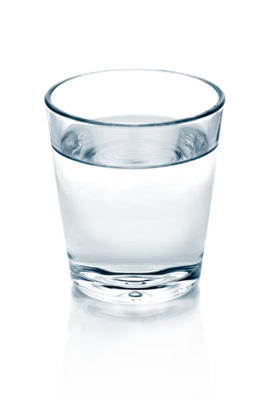The table below reflects data submitted to the Office of Drinking Water as of May 1, 2023.
| School | Is Testing Completed? | Are Results Elevated? | Mitigation Status |
| Blumenort School | Complete | No | Not Required |
| Bothwell School | Complete | Yes | Completed |
| Clearspring Middle School | Complete | Yes | In-Progress |
| Crystal Springs School | Not Started | - | - |
| Elmdale School | Complete | No | Not Required |
| Green Valley School | Complete | No | Not Required |
| Kleefeld School | Complete | No | Not Required |
| Landmark Collegiate | Complete | No | Not Required |
| Landmark Elementary School | Complete | No | Not Required |
| Mitchell Elementary School | Complete | No | Not Required |
| Mitchell Middle School | Complete | No | Not Required |
| Niverville Elementary School | Complete | Yes | Completed |
| Niverville Middle School | Complete | Yes | Completed |
| Niverville High School | Not Started | - | - |
| South Oaks School | Complete | No | Not Required |
| Southwood School | Complete | No | Not Required |
| Steinbach Regional Secondary School | Complete | Yes | Completed |
| Stonybrook Middle School | Complete | Yes | Completed |
| Woodlawn School | Complete | No | Not Required |
Immediate Actions for Reducing Elevated Lead Levels
Where lead levels are above the national guideline, HSD will take necessary action for reducing lead as set out by the Province of Manitoba. This may include:
- Closing plumbing fixtures that exceed the limit (ex: removing handles, posting signs, or bagging the fixture).
- Posting “Do Not Drink” signs on taps that cannot be easily closed.
- Providing an alternate safe drinking water source (ex: bottled water coolers), particularly if the issue is widespread throughout a building.
Maintenance Solutions for Reducing Elevated Lead Levels
Where lead levels are above the national guideline, maintenance solutions to reduce lead might include:
- Replacement of lead pipes, if present.
- Replacing of fixtures with new “lead-free” products.
- Adding point-of-use filtration devices that are NSF certified.
- Assessment of grounding wires attached to water pipes. An electrical current may accelerate the corrosion of lead in piping materials.
- Reconfiguration of plumbing to bypass sources of lead contamination, targeting the small pipe branches that may have more elbows, joints and therefore more solder.
- Addition of automatic flushing valves to reduce water stagnation.
Operational Solutions for Reducing Lead Levels
Where lead levels are below the national guideline, but still detectable, operational solutions may include:
- Implementation of daily or weekly flushing programs (as needed). Running all indoor taps and water fountains until the water is clear and cold.
- Advising students and employees to run the water until cold before drinking.
- Regular cleaning of tap aerators.
- Use of only cold clear water for food and beverage preparation.
Source: Manitoba Health
 In March of 2019, Health Canada updated the national standard for lead content in drinking water. Lead is a naturally occurring metal but is considered harmful if inhaled or swallowed. Exposure can have a range of adverse health effects. Manitoba Public Health and the Office of the Drinking Water are working with school divisions across the province to ensure schools have safe drinking water.
In March of 2019, Health Canada updated the national standard for lead content in drinking water. Lead is a naturally occurring metal but is considered harmful if inhaled or swallowed. Exposure can have a range of adverse health effects. Manitoba Public Health and the Office of the Drinking Water are working with school divisions across the province to ensure schools have safe drinking water.